Home>Articles>What is The Cost of Replacing Galvanized Plumbing?
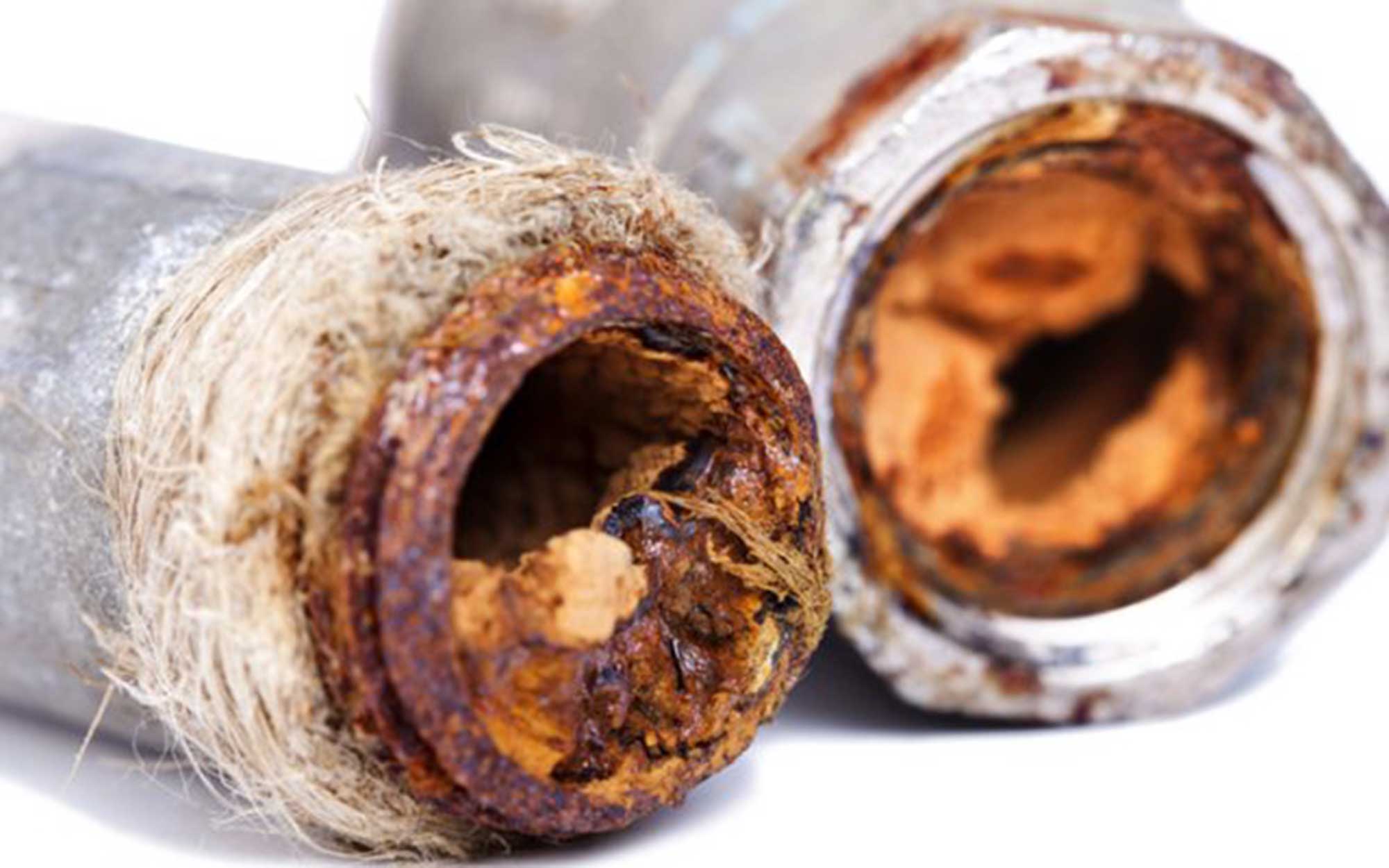

Articles
What is The Cost of Replacing Galvanized Plumbing?
Modified: December 7, 2023
Discover everything you need to know about replacing galvanized plumbing in this informative articles. Find out the costs, processes, and more.
(Many of the links in this article redirect to a specific reviewed product. Your purchase of these products through affiliate links helps to generate commission for Storables.com, at no extra cost. Learn more)
Introduction
Galvanized plumbing has been used for decades in residential and commercial buildings. It was a popular choice due to its durability and cost-effectiveness. However, over time, galvanized pipes can develop issues such as corrosion, rust, and leaks, which can lead to significant plumbing problems. If you are facing these issues, you may be wondering how much it will cost to replace galvanized plumbing.
In this article, we will explore the cost of replacing galvanized plumbing, factors that influence the cost, and options for hiring a professional plumber or doing it yourself.
Before we delve into the cost, let’s first understand what galvanized plumbing is and why it can be problematic.
Key Takeaways:
- Replacing galvanized plumbing can cost homeowners anywhere from $2,000 to $15,000, depending on factors like property size, plumbing system extent, and pipe accessibility. Consulting a professional plumber for an accurate cost estimate is crucial.
- Hiring a professional plumber for galvanized plumbing replacement offers expertise, efficiency, guaranteed work, adherence to codes, and insurance coverage. DIY options are available for experienced individuals, but safety and thorough testing are paramount.
What is galvanized plumbing?
Galvanized plumbing refers to a system of pipes made from steel that have been coated with a layer of zinc to prevent rust and corrosion. This technique, known as galvanization, was commonly used in the mid-20th century to protect pipes from the damaging effects of water and other elements.
The process of galvanization involves immersing the steel pipes in a bath of molten zinc. The zinc coating provides a barrier between the steel surface and the surrounding environment, protecting the pipes from rust and corrosion.
While galvanized plumbing was once a popular choice due to its affordability and durability, it is now considered outdated and problematic. Over time, the zinc coating can wear away, exposing the steel underneath to moisture and causing it to corrode.
As the pipes corrode, they can develop leaks, reduced water pressure, and other plumbing issues. Additionally, the corrosion can lead to the buildup of mineral deposits inside the pipes, further restricting water flow and causing blockages.
Given these potential problems, many homeowners and property owners opt to replace galvanized plumbing with more modern, durable alternatives such as copper or PEX (cross-linked polyethylene) pipes.
Now that we understand what galvanized plumbing is and why it can be problematic, let’s explore the signs that indicate your galvanized pipes may need replacement.
Signs of galvanized plumbing issues
If your building or home was constructed with galvanized plumbing, it is important to be aware of the signs that indicate potential issues. Catching these signs early can help prevent more extensive damage and costly repairs down the line. Here are some common signs that your galvanized plumbing may be experiencing problems:
- Discolored water: If you notice a brownish tint to your tap water, it could be a sign of rust buildup in your galvanized pipes. This discoloration can be more noticeable when running hot water.
- Low water pressure: Galvanized pipes with corrosion or mineral buildup can cause reduced water pressure in your faucets and showers. This can make everyday tasks like washing dishes or taking a shower frustrating and time-consuming.
- Leaky pipes: As galvanized pipes corrode, they can develop small leaks. These leaks may start as tiny drips or moisture buildup around pipe joints and connections. Over time, they can worsen and lead to more significant water damage.
- Frequent clogs: Mineral deposits and rust in galvanized pipes can narrow the pipes’ inner diameter, leading to frequent clogs. If you find yourself dealing with recurring drain or toilet clogs, it could be a sign of galvanized plumbing issues.
- Strange taste or odor: Corroded galvanized pipes can affect the taste and smell of your tap water. If you notice a metallic or unpleasant taste, or a foul odor coming from your water, it may be time to consider replacing your galvanized plumbing.
If you notice any of these signs, it is recommended to consult with a professional plumber who can assess the extent of the problem and provide appropriate solutions. Now that we’ve discussed the signs of galvanized plumbing issues, let’s move on to the cost of replacing galvanized plumbing.
The cost of replacing galvanized plumbing
The cost of replacing galvanized plumbing can vary depending on several factors, including the size of the property, the extent of the plumbing system, and the accessibility of the pipes. On average, homeowners can expect to spend anywhere from $2,000 to $15,000 to replace galvanized plumbing in their homes.
It is important to note that this cost range is an estimate and can be influenced by various factors. Let’s break down the factors that can influence the cost of replacing galvanized plumbing:
- Size of the property: Larger properties will typically have more plumbing lines and fixtures, increasing the overall cost of replacement.
- Extent of the plumbing system: The more extensive the plumbing system, including the number of bathrooms, kitchens, and other water fixtures, the higher the cost of replacement.
- Accessibility of the pipes: If the galvanized pipes are easily accessible, the cost of replacement may be lower. However, if the pipes are hidden behind walls or under the foundation, additional labor and materials may be required, increasing the overall cost.
- Type of replacement pipes: The choice of replacement pipes can also impact the cost. Copper pipes are a common choice due to their durability and longevity, but they can be more expensive than alternative options such as PEX pipes.
- Additional repairs: During the replacement process, it is common to discover other plumbing issues that need to be addressed, such as damaged fittings or fixtures. These additional repairs can add to the overall cost.
It is essential to consult with a professional plumber who can assess your specific situation and provide an accurate cost estimate for replacing galvanized plumbing in your property.
Next, let’s explore the factors that can influence the cost of the replacement process in more detail.
When replacing galvanized plumbing, consider using copper or PEX piping for a longer-lasting and more efficient alternative. Make sure to hire a licensed plumber for the job to ensure it is done correctly and up to code.
Factors influencing the cost of replacement
Several factors can influence the cost of replacing galvanized plumbing. Understanding these factors can help you budget and plan accordingly. Here are some key factors that can impact the cost of the replacement process:
- Size of the property: The size of the property plays a role in determining the cost of replacement. Larger properties often have more extensive plumbing systems, requiring more materials and labor for the replacement.
- Number of plumbing fixtures: The number of plumbing fixtures in your home, such as sinks, toilets, showers, and bathtubs, can influence the cost. Each fixture requires plumbing connections, and replacing galvanized pipes for each fixture adds to the overall cost.
- Accessibility of the pipes: The accessibility of the galvanized pipes affects both labor and material costs. If the pipes are easily accessible, the replacement process can be more straightforward and less time-consuming. However, if the pipes are located behind walls, under the foundation, or in hard-to-reach areas, additional labor and materials may be required, increasing the cost.
- Type of replacement pipes: The type of pipes you choose as replacements can impact the cost. Copper pipes are a popular choice due to their durability and longevity, but they can be more expensive than alternative options such as PEX (cross-linked polyethylene) pipes. The cost of the replacement pipes will depend on the material and the length of the pipes needed.
- Additional repairs: During the replacement process, it is common to discover additional plumbing issues that require repair, such as damaged fittings or fixtures. These additional repairs can increase the overall cost of the replacement project.
- Hiring a professional: The cost of hiring a professional plumber for the replacement will vary depending on the plumber’s experience, location, and reputation. It is important to obtain multiple quotes from reputable plumbers to compare costs and ensure you are receiving a fair price for the project.
By considering these factors and discussing them with a professional plumber, you can get a better understanding of the cost implications involved in replacing galvanized plumbing in your property.
Now let’s explore the options for hiring a professional plumber or doing the replacement yourself.
Hiring a professional plumber for the replacement
When it comes to replacing galvanized plumbing, hiring a professional plumber is often the best option. A professional plumber has the knowledge, experience, and tools necessary to efficiently and effectively replace your galvanized pipes. Here are some reasons why hiring a professional plumber is a wise choice:
- Expertise: Professional plumbers have undergone extensive training and have the knowledge and expertise to handle complex plumbing systems. They can accurately assess the extent of the galvanized plumbing issues, devise a suitable replacement plan, and ensure the new pipes are installed correctly.
- Time and Efficiency: Professional plumbers are experienced in handling plumbing projects, which means they can complete the replacement process more efficiently than if you were to tackle it on your own. They have the necessary tools and equipment to get the job done swiftly and effectively, saving you time and potential frustration.
- Guaranteed Work: Reputable professional plumbers often provide warranties or guarantees on their workmanship. This means that if any issues arise after the replacement, they will take responsibility and rectify the problem at no additional cost to you.
- Permits and Codes: A professional plumber is well-versed in local plumbing codes and regulations. They will ensure that all the necessary permits are obtained and that the replacement is done in compliance with these codes. This can save you from potential legal issues in the future.
- Insurance coverage: Professional plumbers typically have liability insurance, which protects you from any damages or injuries that may occur during the replacement process. This coverage provides you with peace of mind and financial protection.
When hiring a professional plumber for the replacement, it’s essential to do your research. Seek recommendations from trusted sources, read reviews, and obtain multiple quotes to ensure you find a reputable plumber who offers fair pricing and quality service.
However, if you have a limited budget or are experienced in plumbing projects, you might consider the option of doing the replacement yourself. Let’s explore that option next.
DIY options for replacing galvanized plumbing
If you have some plumbing experience and are comfortable with tackling home improvement projects, you may consider replacing galvanized plumbing on your own. While it can be a challenging task, it is possible to complete the replacement successfully with the right tools, knowledge, and precautions. Here are some DIY options to consider:
- Educate Yourself: Before starting the project, take the time to educate yourself on the process of replacing galvanized plumbing. Research online, watch video tutorials, and consult plumbing guides to get a good understanding of what the project entails.
- Gather the Necessary Tools: Make sure you have all the necessary tools and equipment for the job, including pipe cutters, wrenches, soldering equipment (for copper pipes), and PEX crimping tools (for PEX pipes). Having the right tools will make the process smoother and more efficient.
- Plan and Prepare: Take the time to plan out your replacement strategy before diving in. Consider the layout of your plumbing system, the areas that need replacement, and the best approach to minimize disruption and make the installation easier.
- Follow Safety Precautions: Safety should be a top priority. Wear protective gear such as gloves and safety goggles, and turn off the main water supply before starting the replacement project. This will prevent any accidents or water damage during the process.
- Take Your Time: Replacing galvanized plumbing can be a time-consuming project. Take your time and work meticulously to ensure proper installation and avoid any mistakes that could result in leaks or other issues.
- Consult with Professionals: If you encounter any challenges or are unsure about certain aspects of the replacement process, don’t hesitate to consult with professional plumbers or seek advice from online forums or community groups. They can provide guidance and help troubleshoot any issues you may encounter.
It’s important to note that DIY plumbing projects are not suitable for everyone. If you are inexperienced or unsure about your skills, it is recommended to hire a professional plumber to avoid potential mistakes or accidents.
Once you have completed the replacement, it’s essential to thoroughly test your new plumbing system for any leaks or issues. Run water through your faucets, check for any unusual noises, and monitor for any signs of leaks or water damage.
To conclude, while DIY options for replacing galvanized plumbing can be a cost-effective solution, it requires careful planning, proper tools, and a good understanding of the process. If you are unsure about your abilities, it’s best to consult with a professional plumber to ensure a successful and long-lasting replacement.
Conclusion
Replacing galvanized plumbing is a necessary step to ensure the functionality and longevity of your plumbing system. Galvanized pipes can develop issues such as corrosion, rust, and leaks over time, leading to water damage and other plumbing problems. Understanding the cost and options for replacement can help you make an informed decision.
When it comes to the cost of replacing galvanized plumbing, it can vary depending on factors such as the size of the property, the extent of the plumbing system, and the accessibility of the pipes. On average, homeowners can expect to spend anywhere from $2,000 to $15,000 for the replacement. It is important to consult with a professional plumber to get an accurate cost estimate for your specific situation.
Hiring a professional plumber for the replacement is often the best option, as they have the expertise, experience, and tools to complete the project efficiently and effectively. Professional plumbers understand plumbing codes and regulations, provide guarantees on their work, and carry insurance coverage. However, if you are experienced in plumbing projects and have a limited budget, DIY options are available. With proper planning, research, and the right tools, you can successfully replace galvanized plumbing on your own.
Regardless of whether you hire a professional or opt for the DIY route, it is crucial to prioritize safety and take precautions throughout the replacement process. Following safety guidelines, gathering the necessary tools, and taking your time will help ensure a successful outcome.
In conclusion, replacing galvanized plumbing is a worthwhile investment to mitigate potential plumbing issues and maintain the integrity of your property. By understanding the signs of galvanized plumbing problems, the cost of replacement, and the available options, you can make an informed decision and take the necessary steps to protect your plumbing system for years to come.
Frequently Asked Questions about What Is The Cost Of Replacing Galvanized Plumbing?
Was this page helpful?
At Storables.com, we guarantee accurate and reliable information. Our content, validated by Expert Board Contributors, is crafted following stringent Editorial Policies. We're committed to providing you with well-researched, expert-backed insights for all your informational needs.
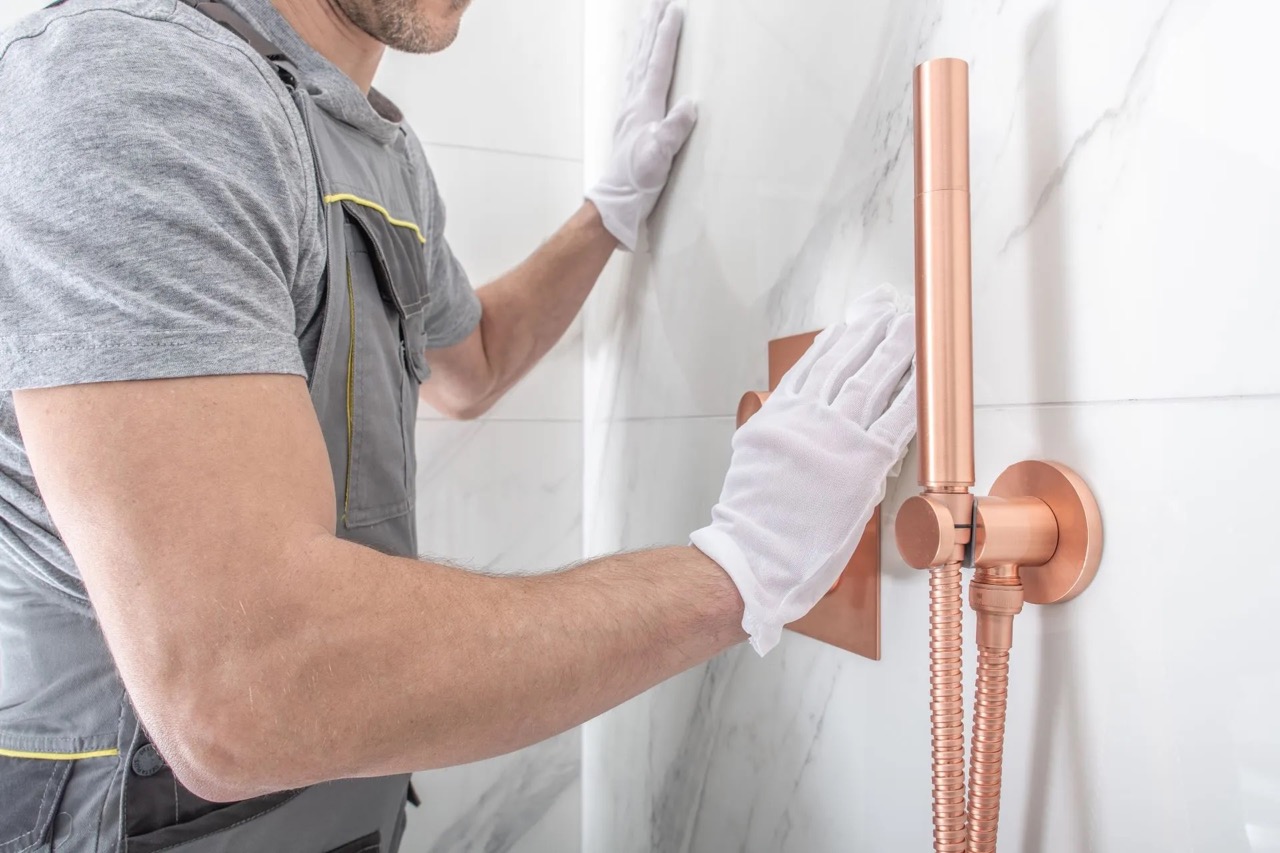
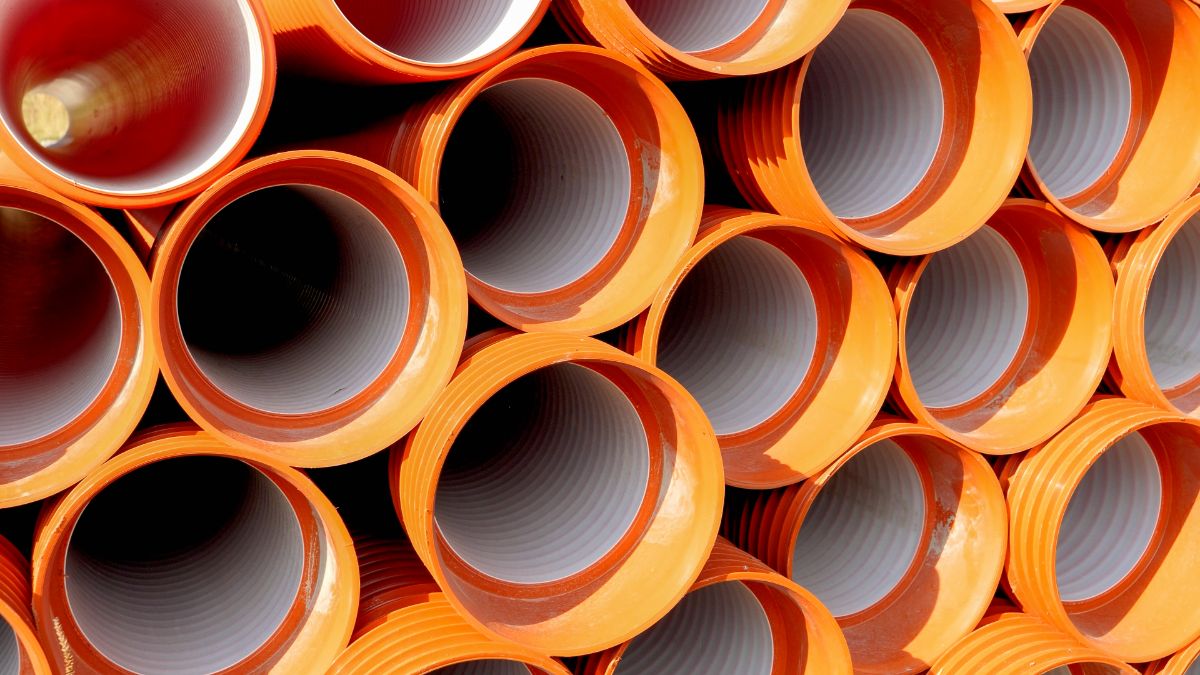
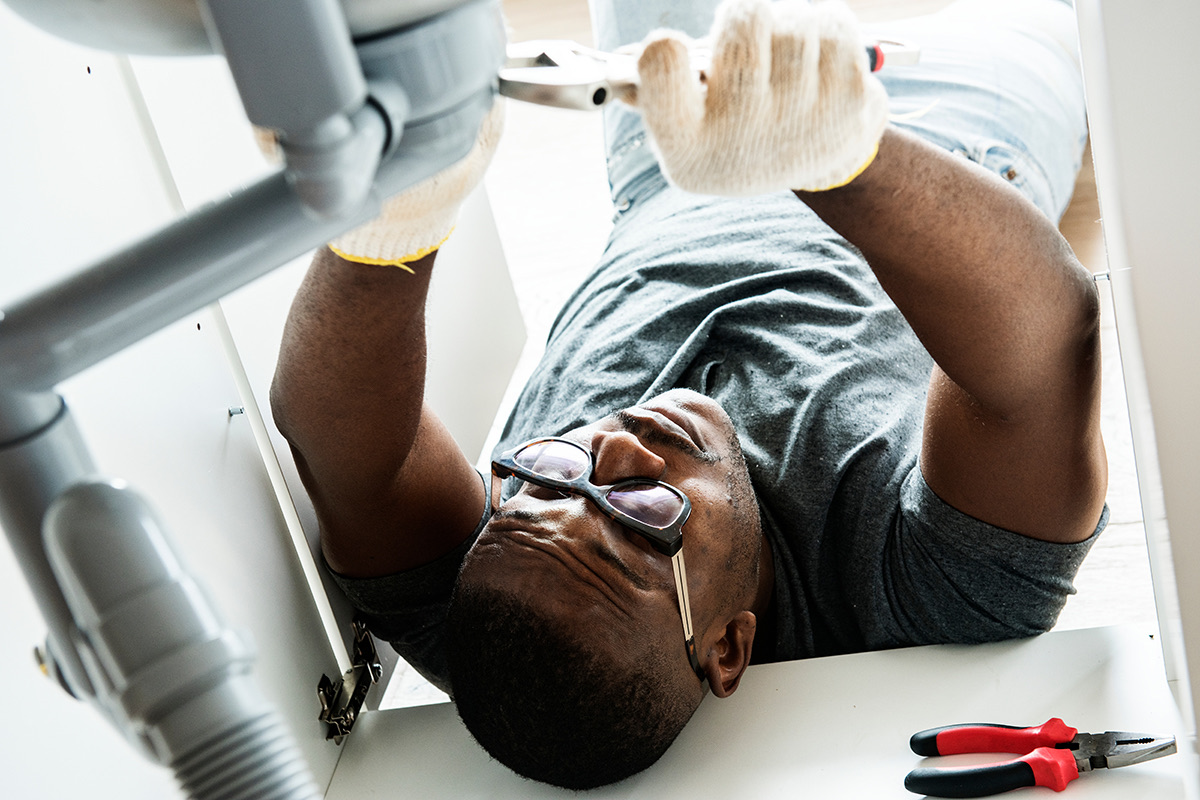
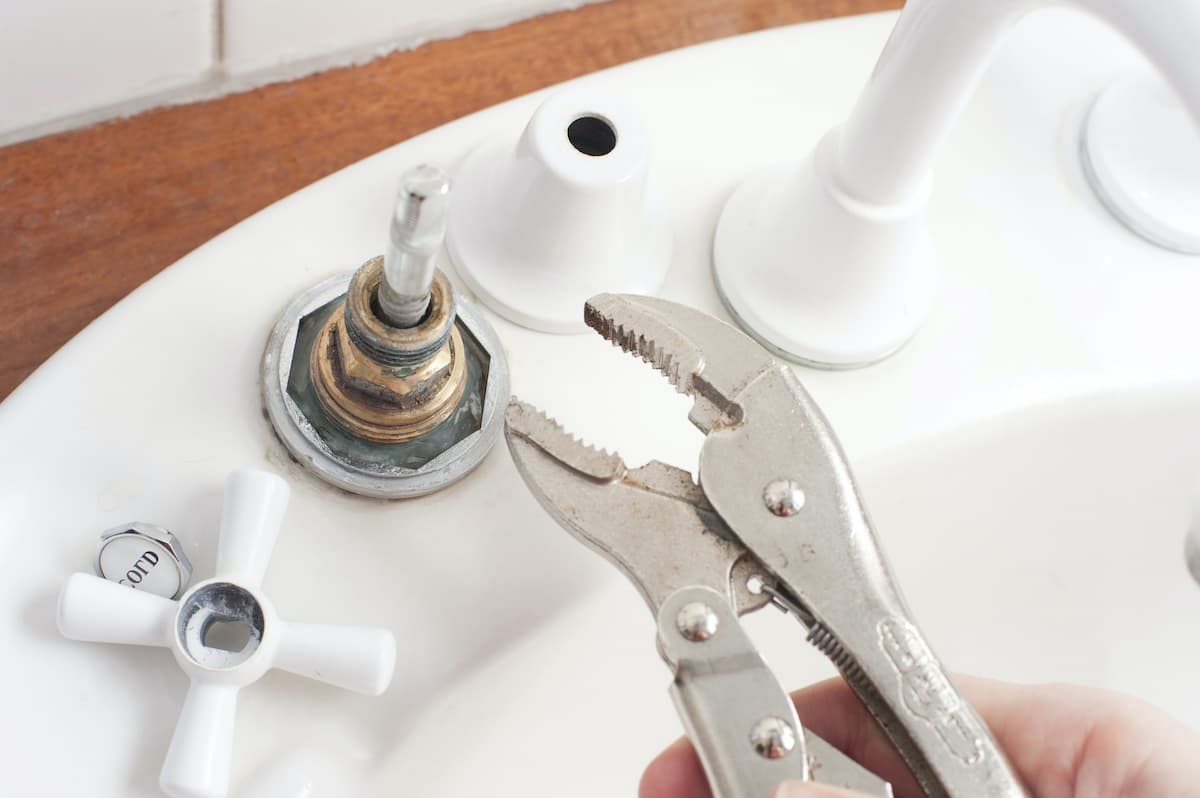
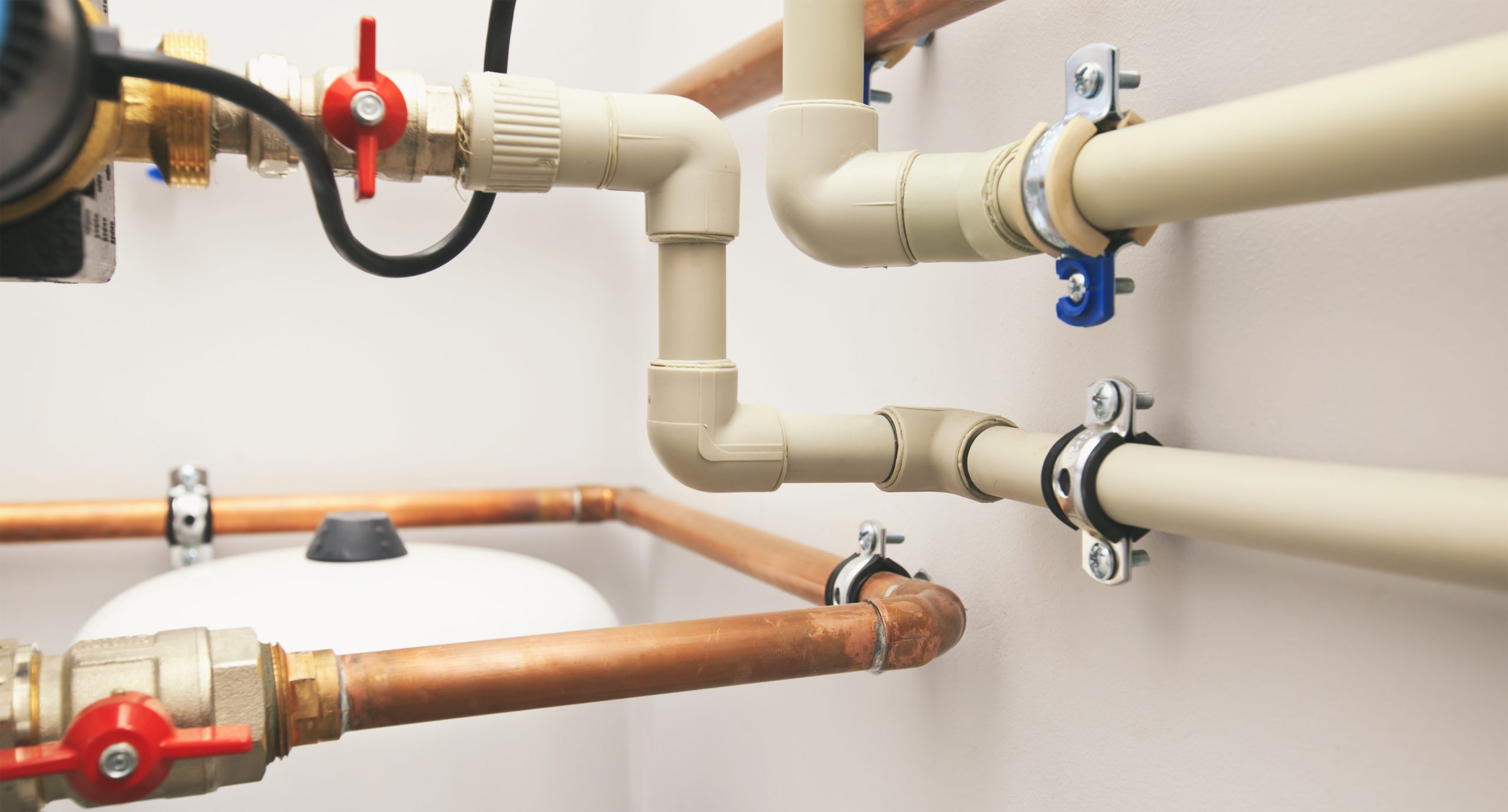
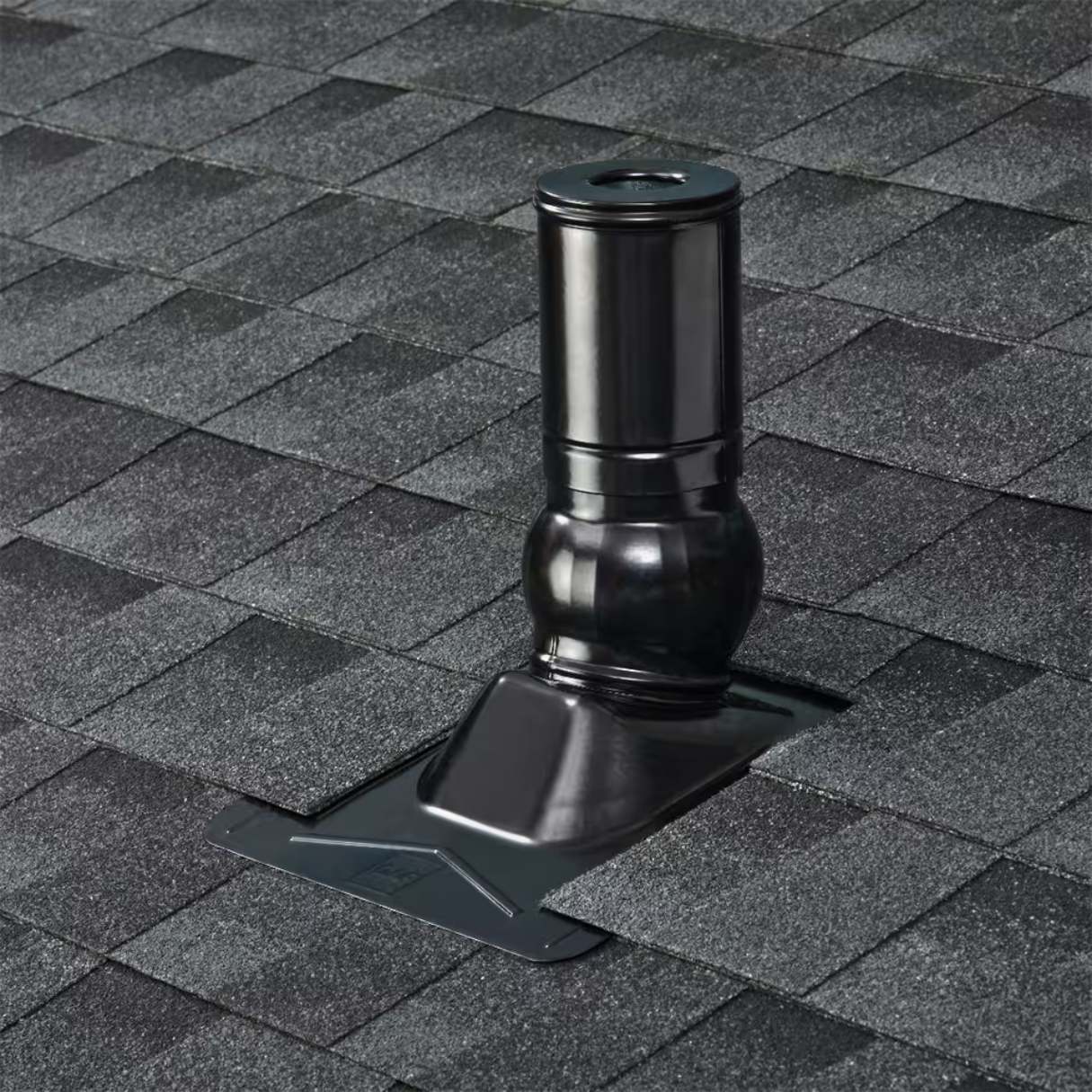
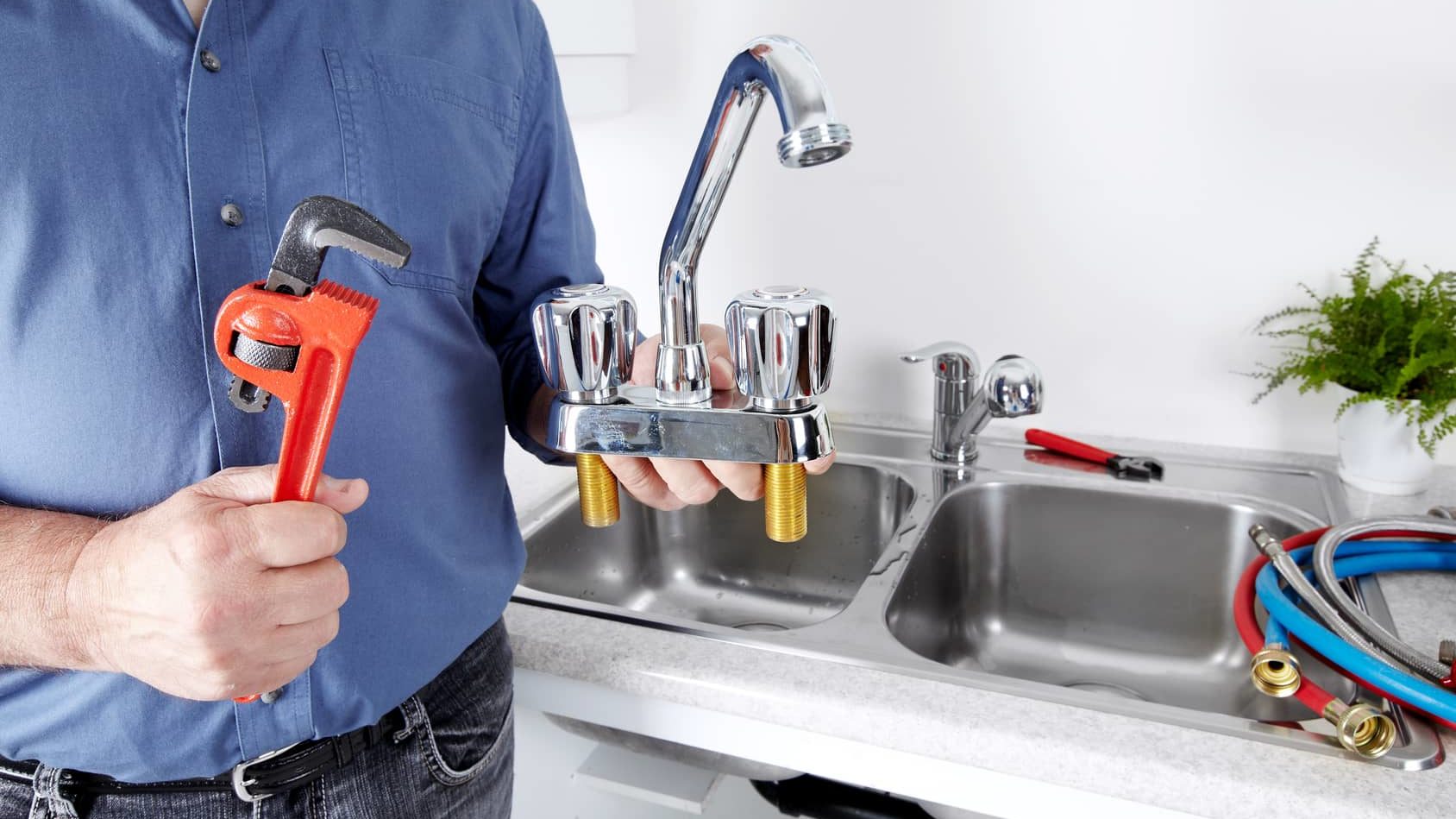

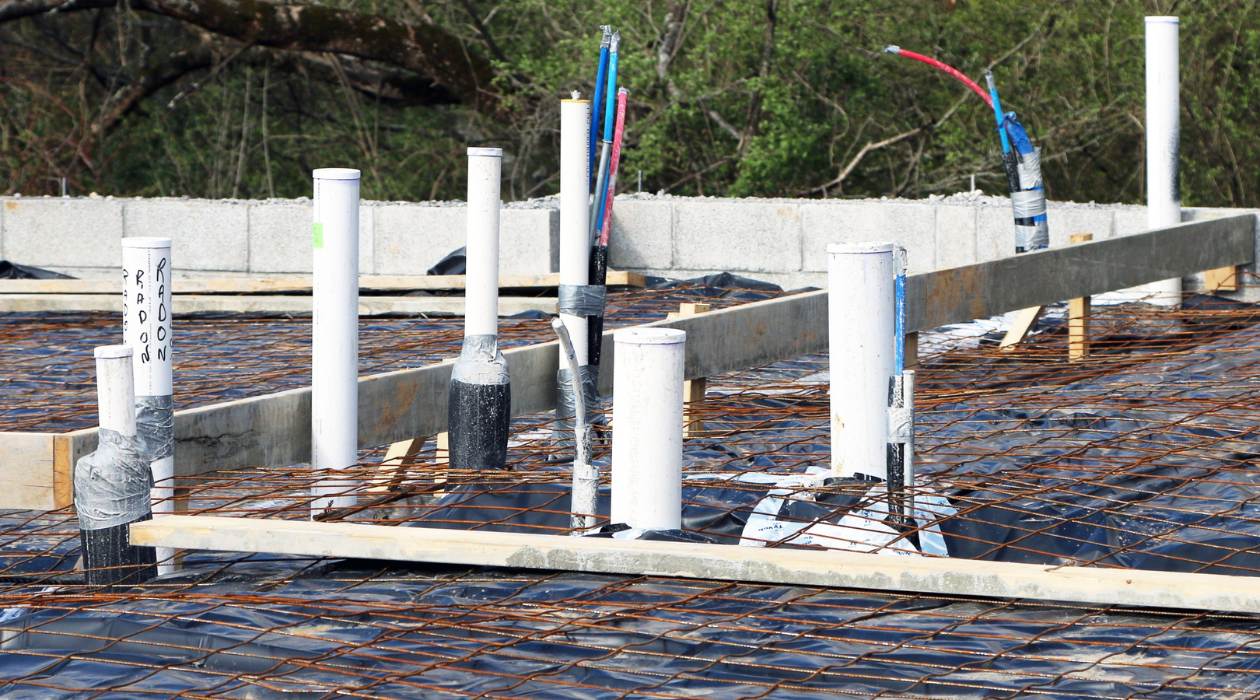
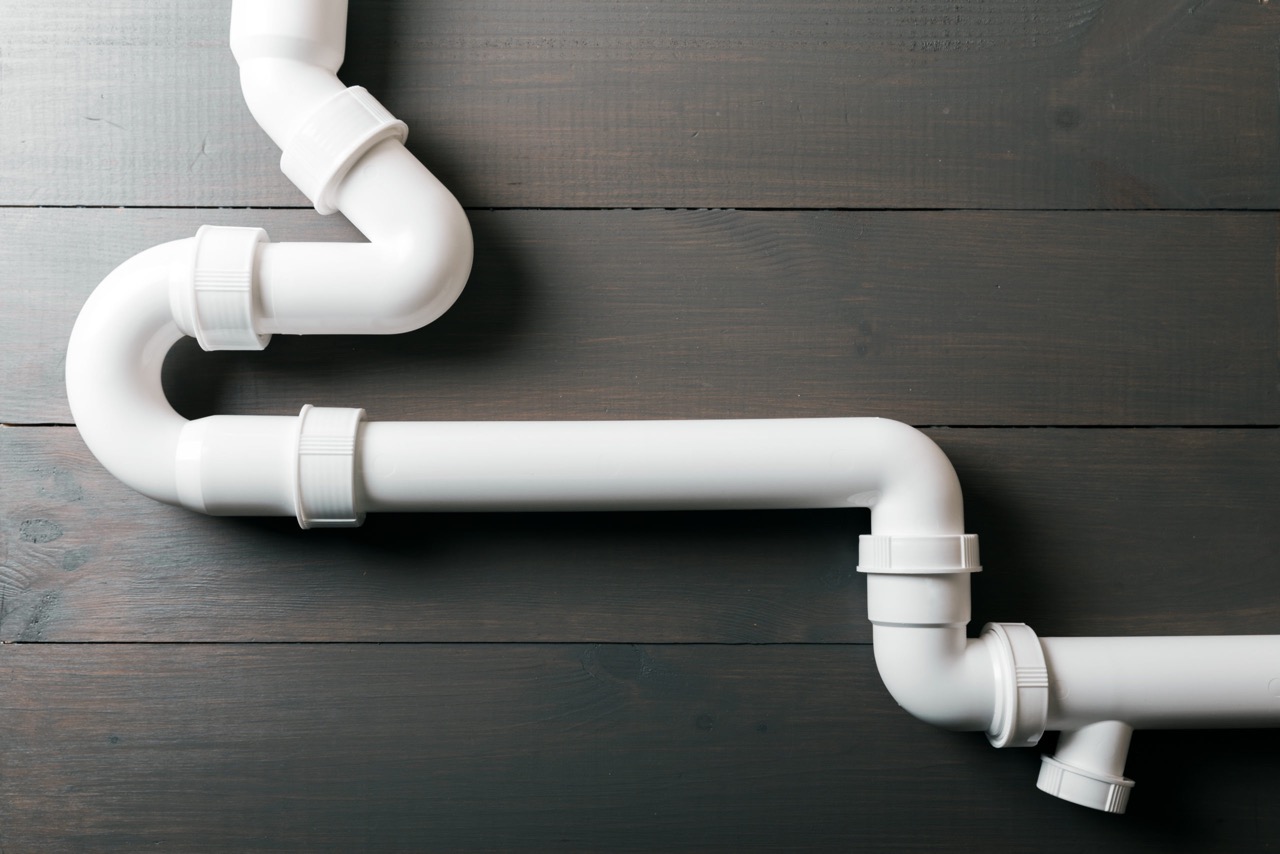
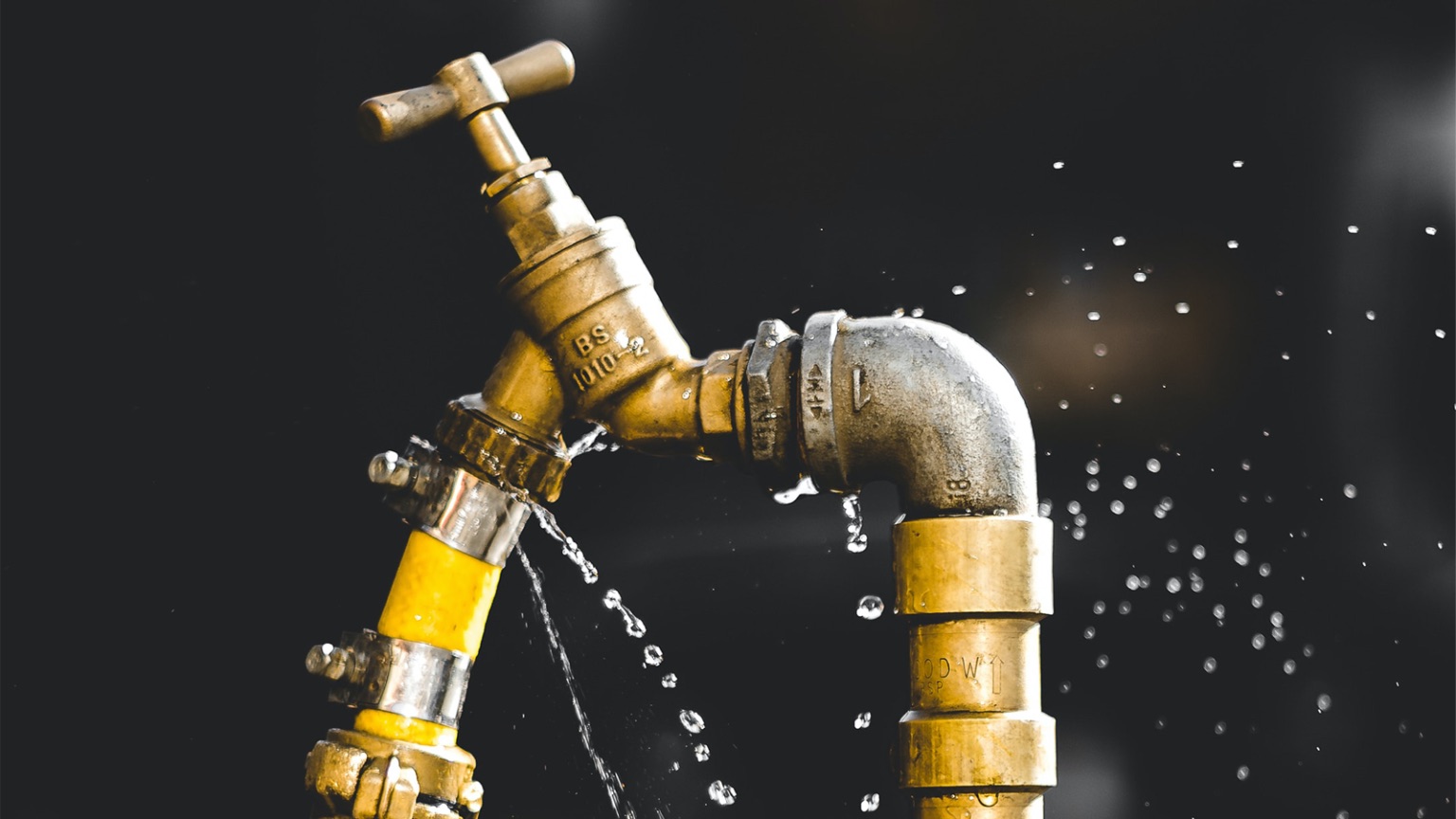
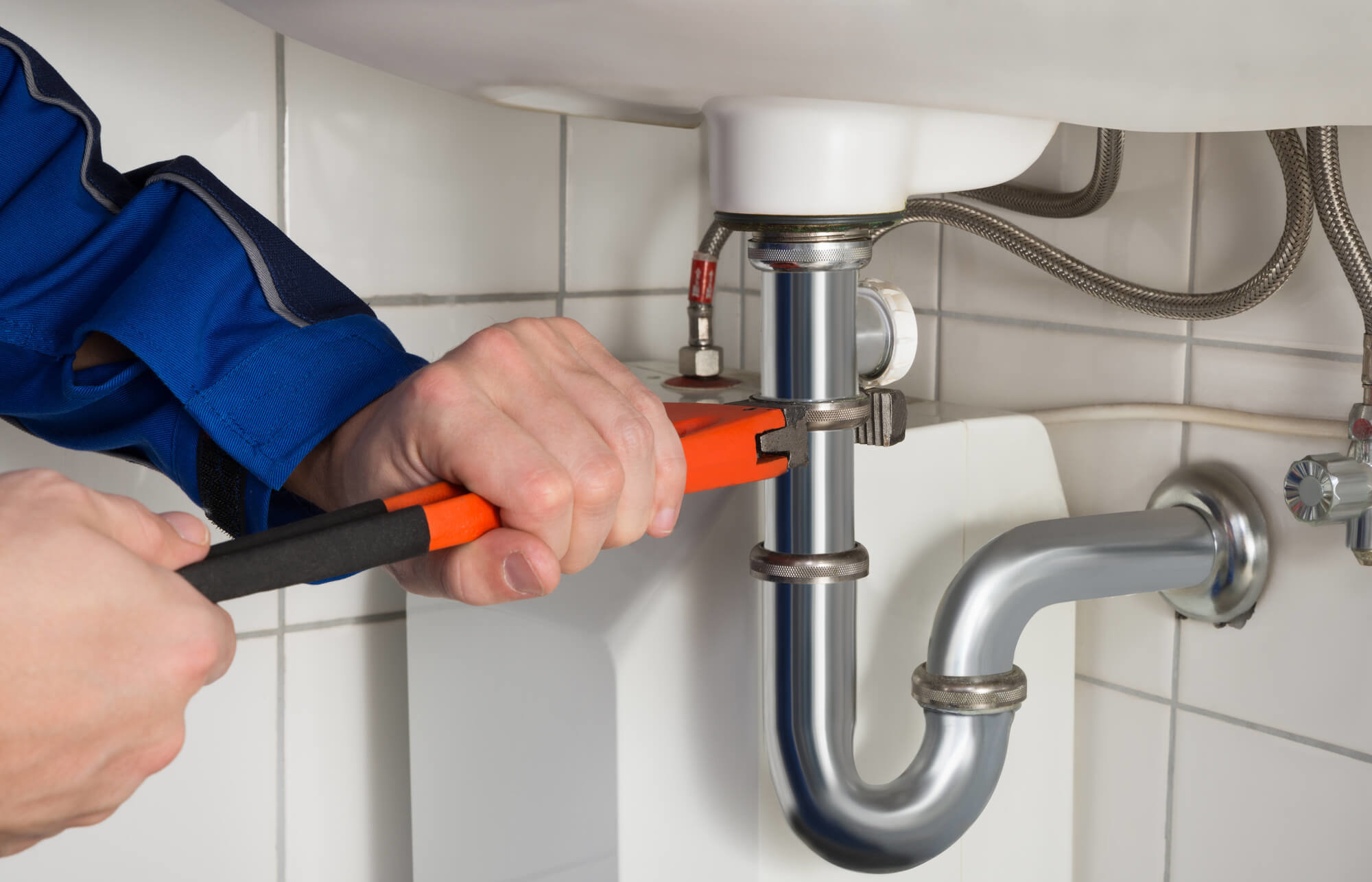
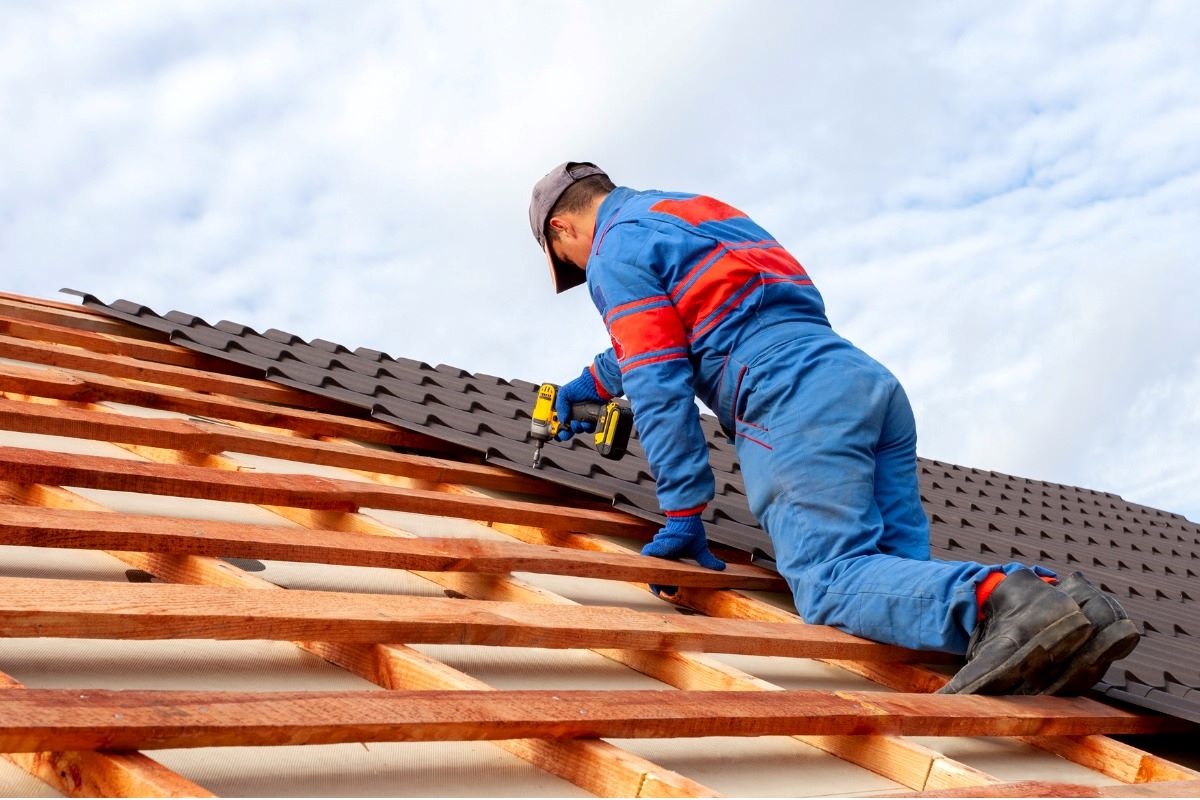
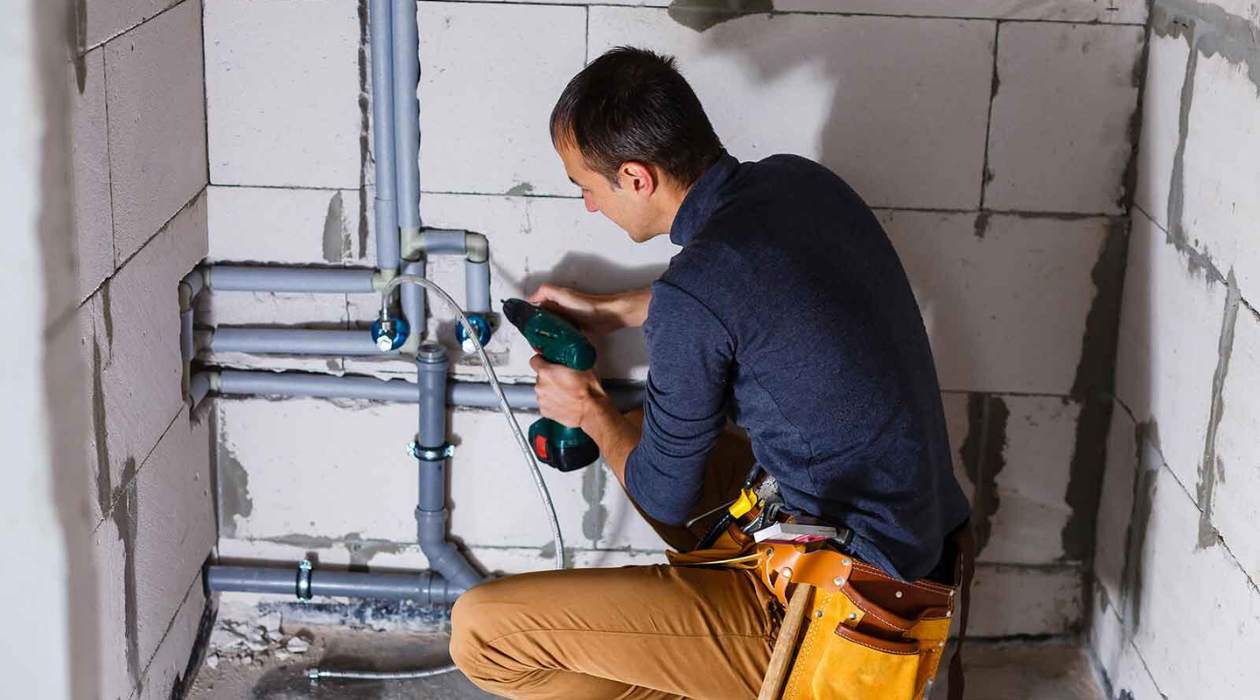

0 thoughts on “What is The Cost of Replacing Galvanized Plumbing?”